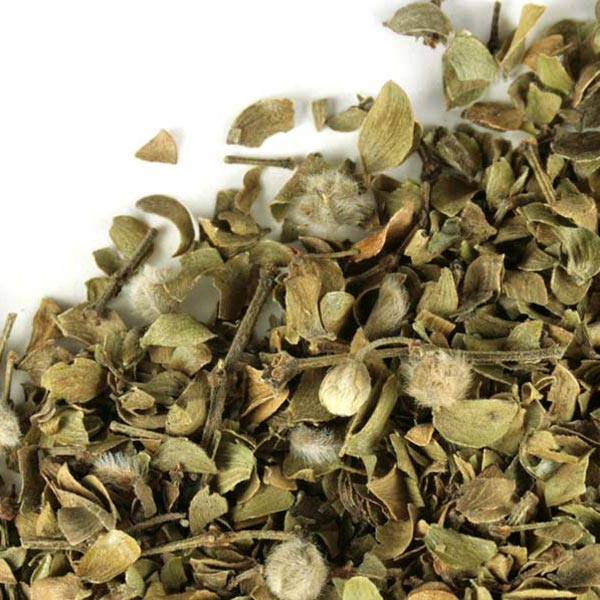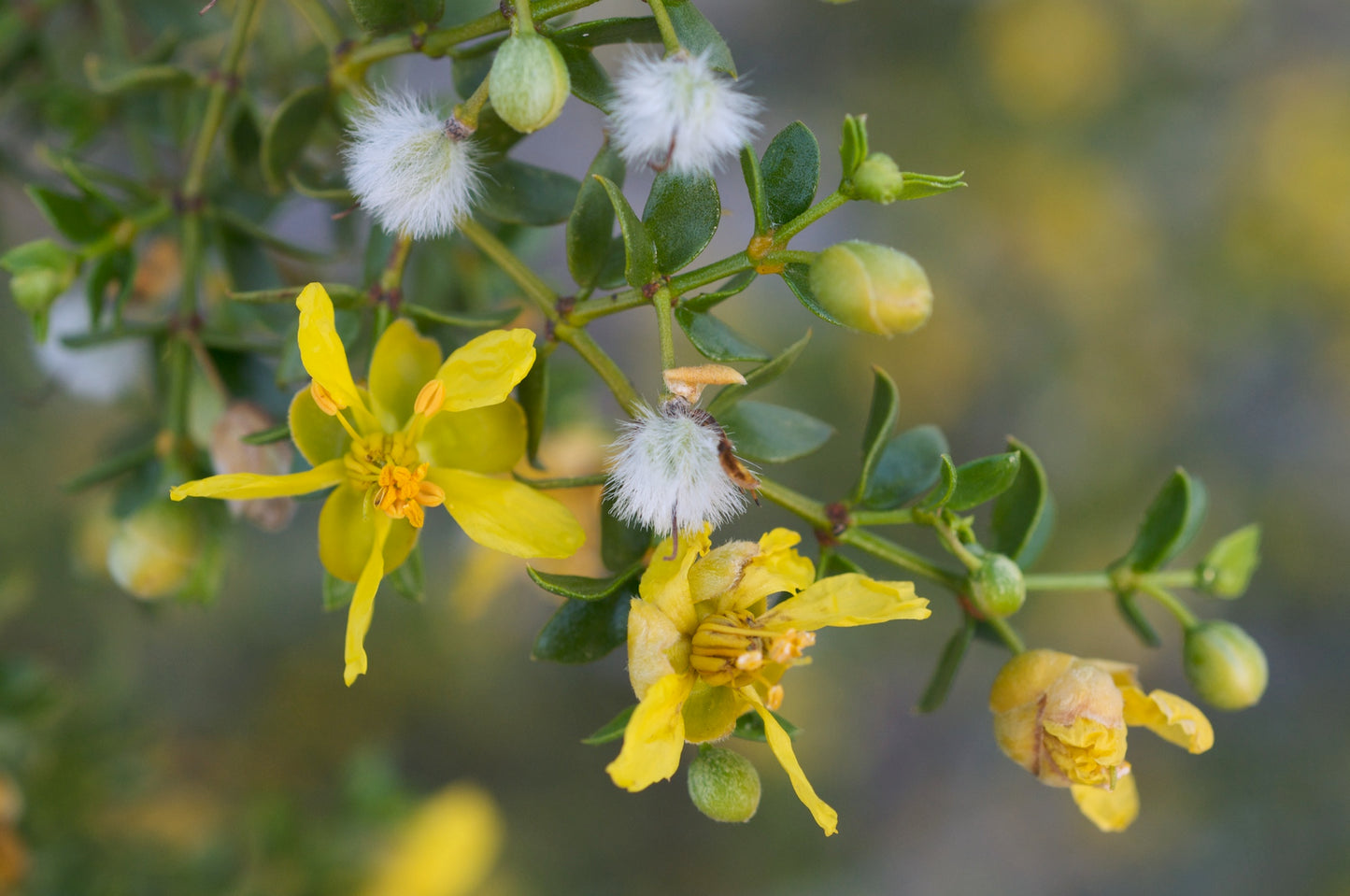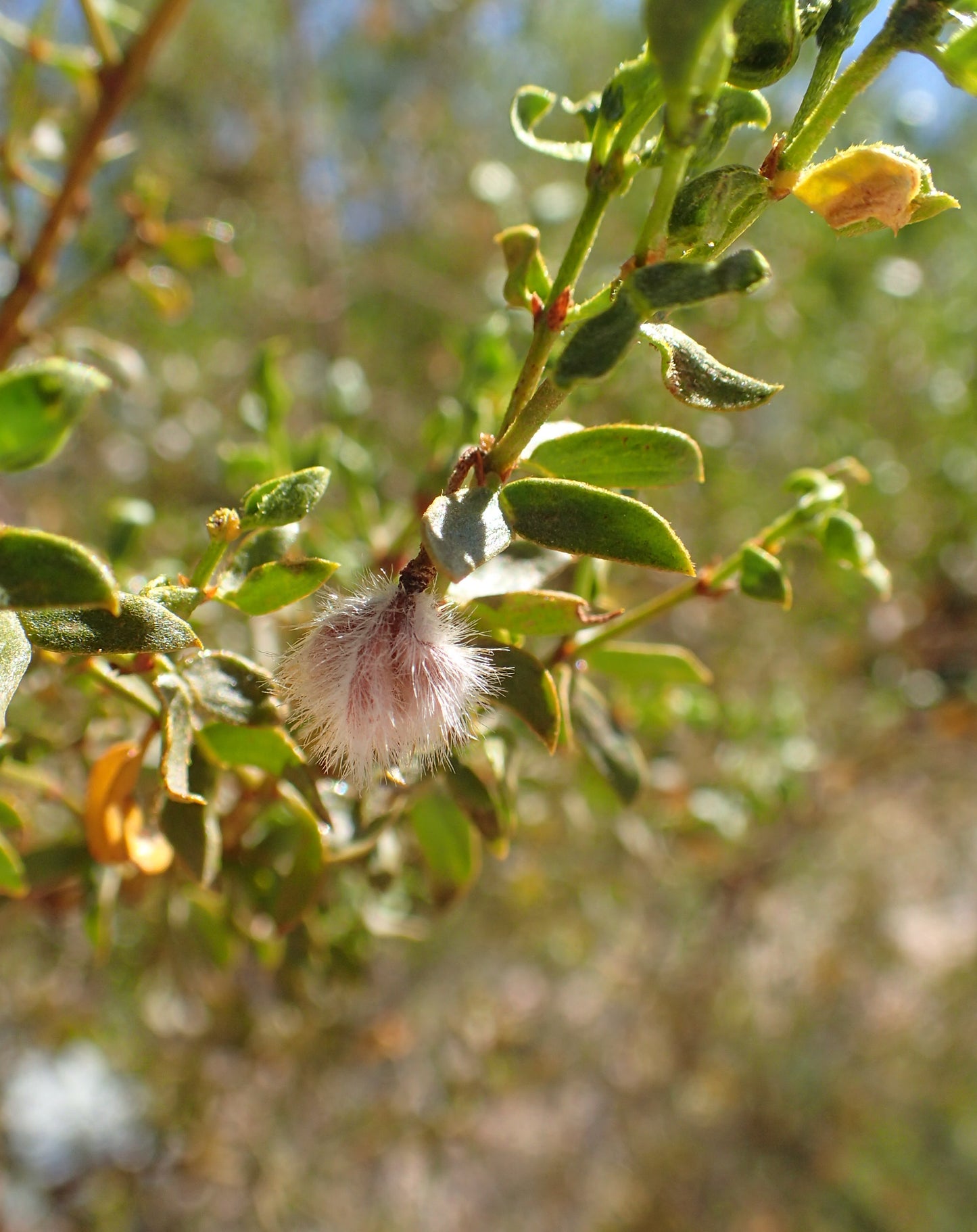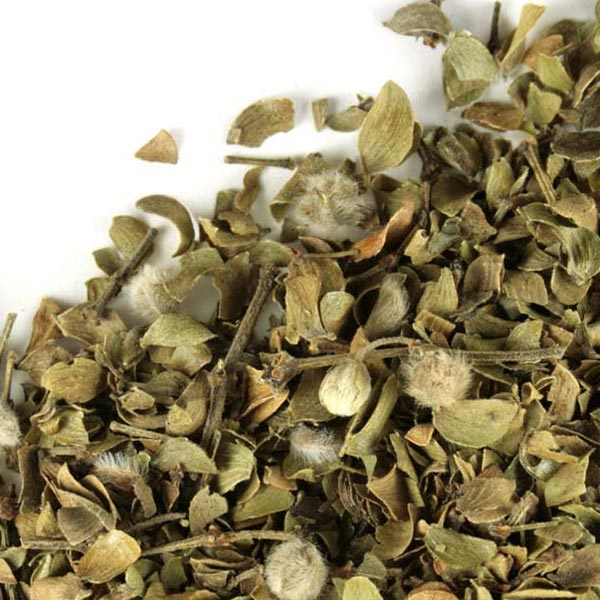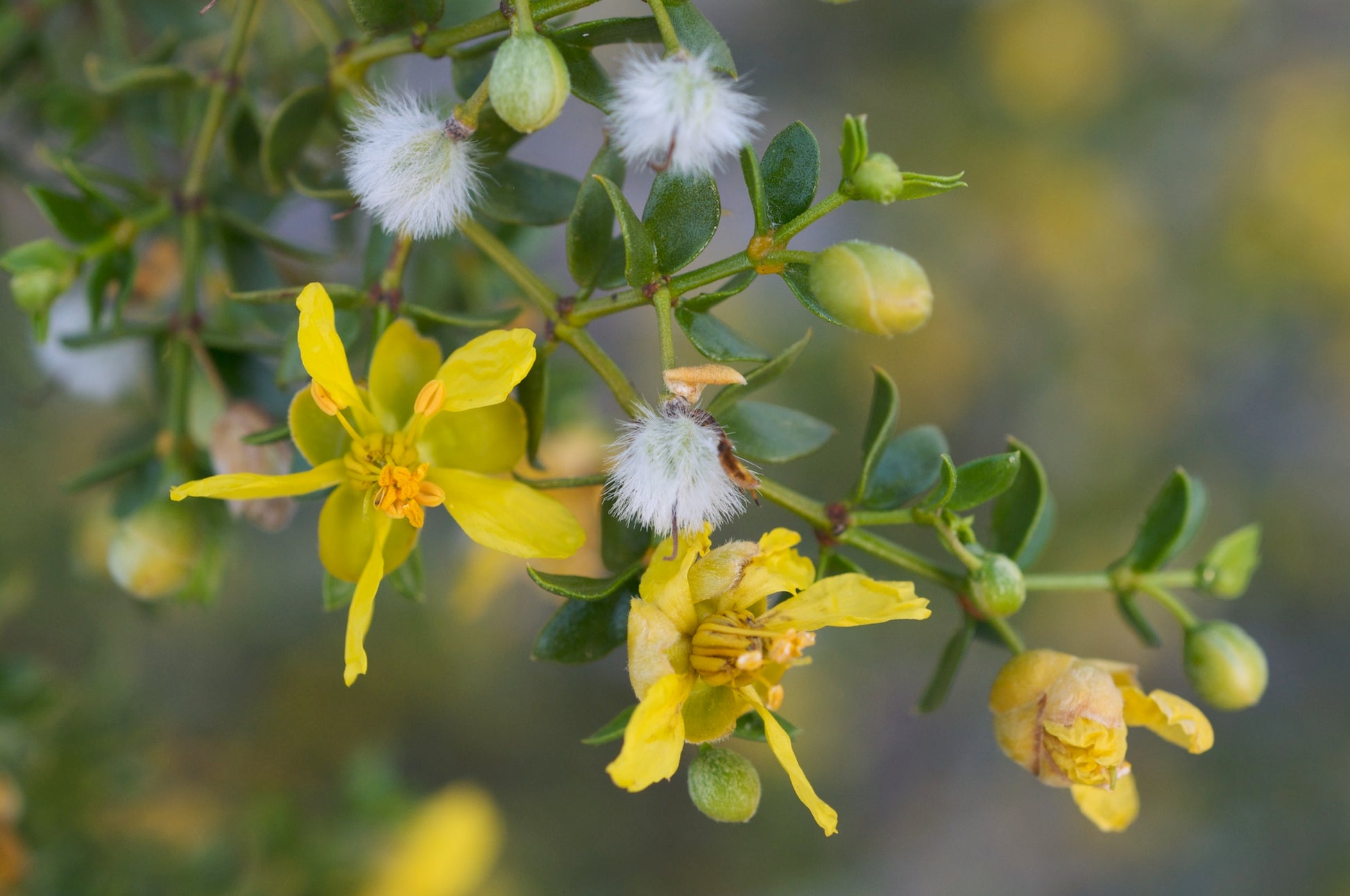Chaparral Leaf Cut and Sifted Wild Crafted
Chaparral Leaf Cut and Sifted Wild Crafted
Couldn't load pickup availability
Chaparral Leaf Cut & Sifted, Wild Crafted
Larrea Tridentata
Discover the Power and Caution of Chaparral: A Desert Herb with a Complex Legacy
Chaparral (Larrea tridentata), known by many names including creosote bush, gobernadora, and greasewood, has been revered for centuries for its powerful medicinal properties. From its antimicrobial and antiviral effects to its potential role in cancer treatment, this desert native remains a staple in herbal medicine. Yet, with its benefits come significant safety considerations, making chaparral a plant that demands both respect and caution.
A Natural Wonder with Potent Benefits
Chaparral is packed with medicinal actions that make it a versatile tool for topical applications. Its leaves and young stems contain ligans, which are highly effective at killing bacteria, parasites, and viruses, including herpes and human papillomavirus. When used externally, chaparral is an excellent first aid solution, aiding in wound care and infection prevention.
There’s also emerging research into chaparral's potential to interfere with the replication of certain types of cancer. However, while promising, this aspect requires further study due to concerns that it may promote other types of cancer.
Caution for Internal Use
Despite its benefits, chaparral’s internal use is controversial. The presence of nordihydroguaiaretic acid (NDGA) has raised safety concerns, with reports linking it to liver toxicity and other adverse effects. The U.S. Food and Drug Administration (FDA) has issued warnings about its internal consumption, particularly for individuals with liver or kidney issues. Chaparral should also be avoided during pregnancy, lactation, or when taking medications like blood thinners, hormones, or chemotherapy drugs.
For those determined to use it internally, tinctures are preferred over tea due to the plant’s notoriously bitter taste. However, experts strongly recommend limiting its use to short-term applications.
A Glimpse into Chaparral’s Desert Habitat
This resilient evergreen shrub thrives in desert ecosystems across the Southwestern United States. Standing between 3-10 feet tall, chaparral boasts knotty silvery branches, tiny lance-shaped leaves, and bright yellow flowers. It prefers full sun, well-drained sandy soil, and thrives in USDA zones 7-11. The medicinal resin in its leaves is at its most potent in early spring, making this the ideal time to harvest.
A Call for Responsible Herbal Use
Chaparral’s potential as a natural remedy is undeniable, but it also highlights the importance of informed and responsible use of herbal medicines. While it shines as a topical solution for wounds and infections, internal use requires careful consideration and professional guidance.
For those interested in exploring the benefits of chaparral, always consult a healthcare professional and prioritize safety. Nature’s remedies are powerful, and chaparral reminds us of the balance between healing and caution.
Check with your doctor before supplementing with this herb or before beginning use of any herb.
Share
